
MD PhD, Harvard-Oxford. Metabolic Health Enthusiast. “Stay Curious” Letter: https://t.co/YoPdkV6tkd YouTube: https://t.co/mnop8pYnkq
14 subscribers
How to get URL link on X (Twitter) App


 2/6) To be fair, this was modestly lower than the overall prevalence in the cohort (49%).
2/6) To be fair, this was modestly lower than the overall prevalence in the cohort (49%).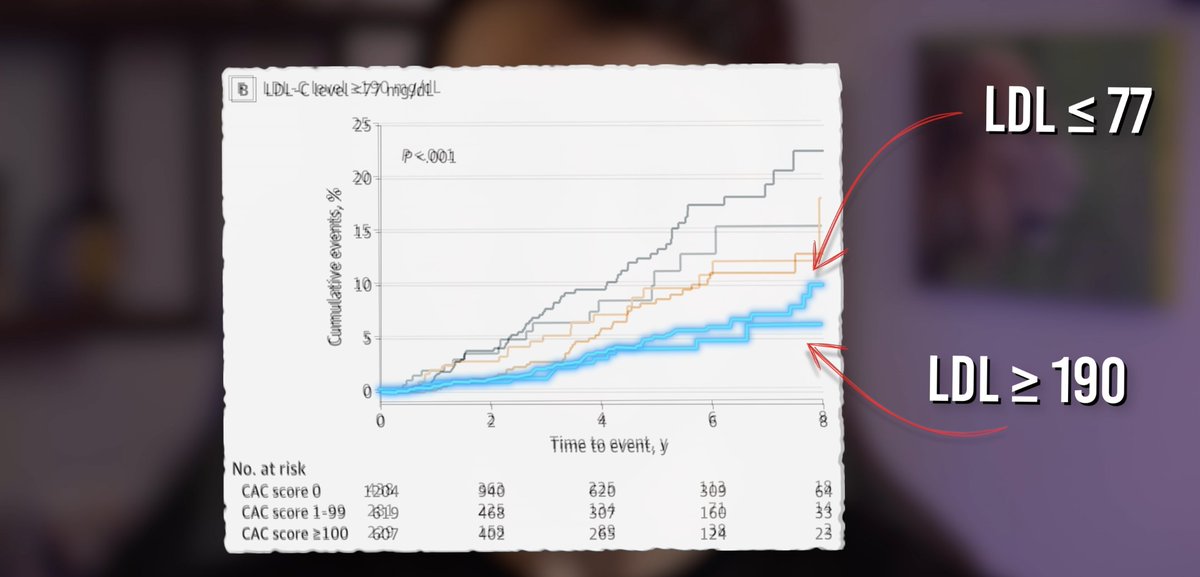


 2/5) To explore this, researchers analyzed data from 4,652 participants in the Multi-Ethnic Study of Atherosclerosis (MESA), following them over a median of 17.4 years.
2/5) To explore this, researchers analyzed data from 4,652 participants in the Multi-Ethnic Study of Atherosclerosis (MESA), following them over a median of 17.4 years. 

 2/6) We’ll break this up by discussing the cross-sectional (single time point) and longitudinal (over time) results.
2/6) We’ll break this up by discussing the cross-sectional (single time point) and longitudinal (over time) results.
https://x.com/nicknorwitz/status/1988943850044366975
 2/8) As a quick recap, I recently did a self-experiment that can be summarized in just two words: Sardine Diet. After a couple weeks on this extremely high omega-3 diet, I became conspicuously cold-resistant.
2/8) As a quick recap, I recently did a self-experiment that can be summarized in just two words: Sardine Diet. After a couple weeks on this extremely high omega-3 diet, I became conspicuously cold-resistant.
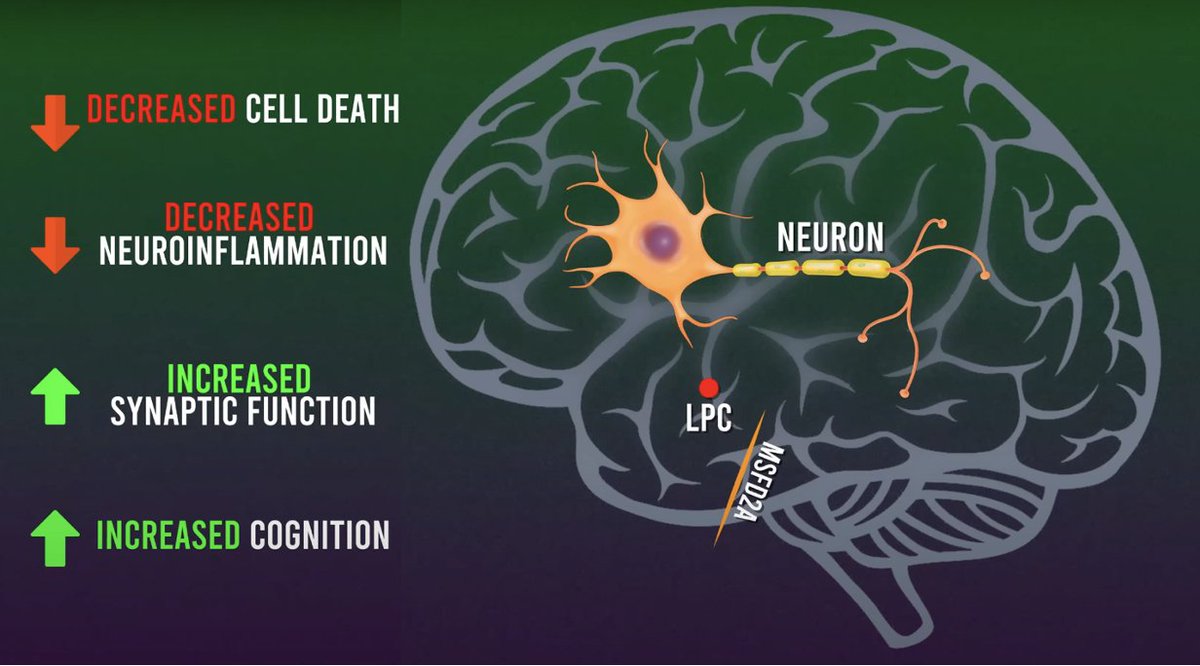
 (2/8) So, why do supplements often miss the mark? The answer is likely the form in which the Omega-3s are packaged.
(2/8) So, why do supplements often miss the mark? The answer is likely the form in which the Omega-3s are packaged.

 2/8) The researchers behind the experiments took interest in ImP, which is known to be elevated in patients with metabolic conditions like diabetes (below)—and is linked to cardiometabolic disease.
2/8) The researchers behind the experiments took interest in ImP, which is known to be elevated in patients with metabolic conditions like diabetes (below)—and is linked to cardiometabolic disease.
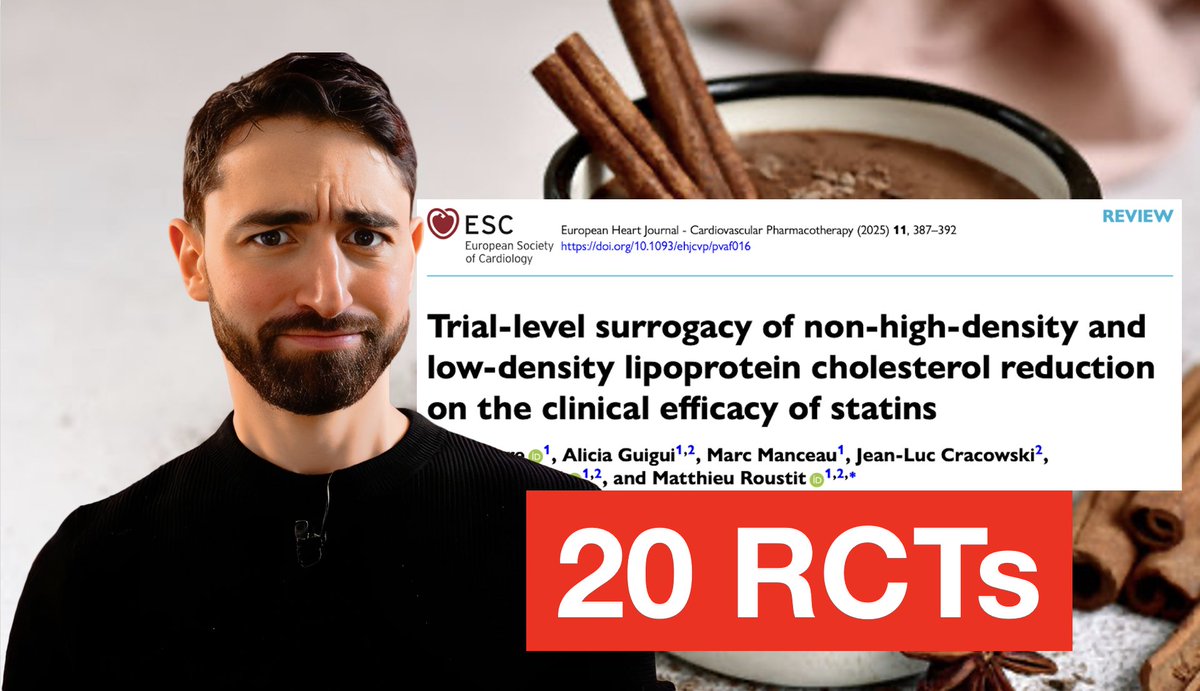
 2/7) This was an umbrella review of meta-analyses of randomized controlled trials.
2/7) This was an umbrella review of meta-analyses of randomized controlled trials. 

 2/6) First, contrast with statins. Statins inhibit cholesterol synthesis, creating a relative “cholesterol starvation” state in liver cells.
2/6) First, contrast with statins. Statins inhibit cholesterol synthesis, creating a relative “cholesterol starvation” state in liver cells. 

 2/6) The truth is, our microbiomes are under constant assault—sabotaged daily by the booby traps of modern living.
2/6) The truth is, our microbiomes are under constant assault—sabotaged daily by the booby traps of modern living. 

 2/5) The Rationale: Sardines are about as close to a superfood as one can get: packed with protein, omega-3, calcium, B12, CoQ10, creatine, etc.
2/5) The Rationale: Sardines are about as close to a superfood as one can get: packed with protein, omega-3, calcium, B12, CoQ10, creatine, etc.
 (2/5) One core question has always been: Is ApoE4 actively "toxic," or is the problem a lack of functionality, functionality better provided by the most common “ApoE3” variant of the ApoE gene or protective ApoE2 variant.
(2/5) One core question has always been: Is ApoE4 actively "toxic," or is the problem a lack of functionality, functionality better provided by the most common “ApoE3” variant of the ApoE gene or protective ApoE2 variant.
 2/7) To test this, researchers used a robust model of chronic subordination stress in mice.
2/7) To test this, researchers used a robust model of chronic subordination stress in mice.
 2/8) Creatine is a naturally occurring compound made up of three amino acids: arginine, glycine, and methionine. Your body produces it in small amounts, and you also get some from food—especially meat and fish.
2/8) Creatine is a naturally occurring compound made up of three amino acids: arginine, glycine, and methionine. Your body produces it in small amounts, and you also get some from food—especially meat and fish.
 2/7) Before we get to the rest of the thread, a quick reminder. This is DAY 1 of the Nuance November Promotion at 👉 StayCuriousMetabolism.com
2/7) Before we get to the rest of the thread, a quick reminder. This is DAY 1 of the Nuance November Promotion at 👉 StayCuriousMetabolism.com 

 2/5) Researchers studied 55 individuals, giving them seven standardized 50g carb test meals (white rice, bread, potatoes, pasta, beans, berries, and grapes).
2/5) Researchers studied 55 individuals, giving them seven standardized 50g carb test meals (white rice, bread, potatoes, pasta, beans, berries, and grapes).

 2/8) For context, Lp(a) is a cardiovascular boogeyman. Unlike LDL, its unique apolipoprotein(a) tail makes it "sticky," more likely to promote blood clotting, and more atherogenic on a per-particle basis.
2/8) For context, Lp(a) is a cardiovascular boogeyman. Unlike LDL, its unique apolipoprotein(a) tail makes it "sticky," more likely to promote blood clotting, and more atherogenic on a per-particle basis. 
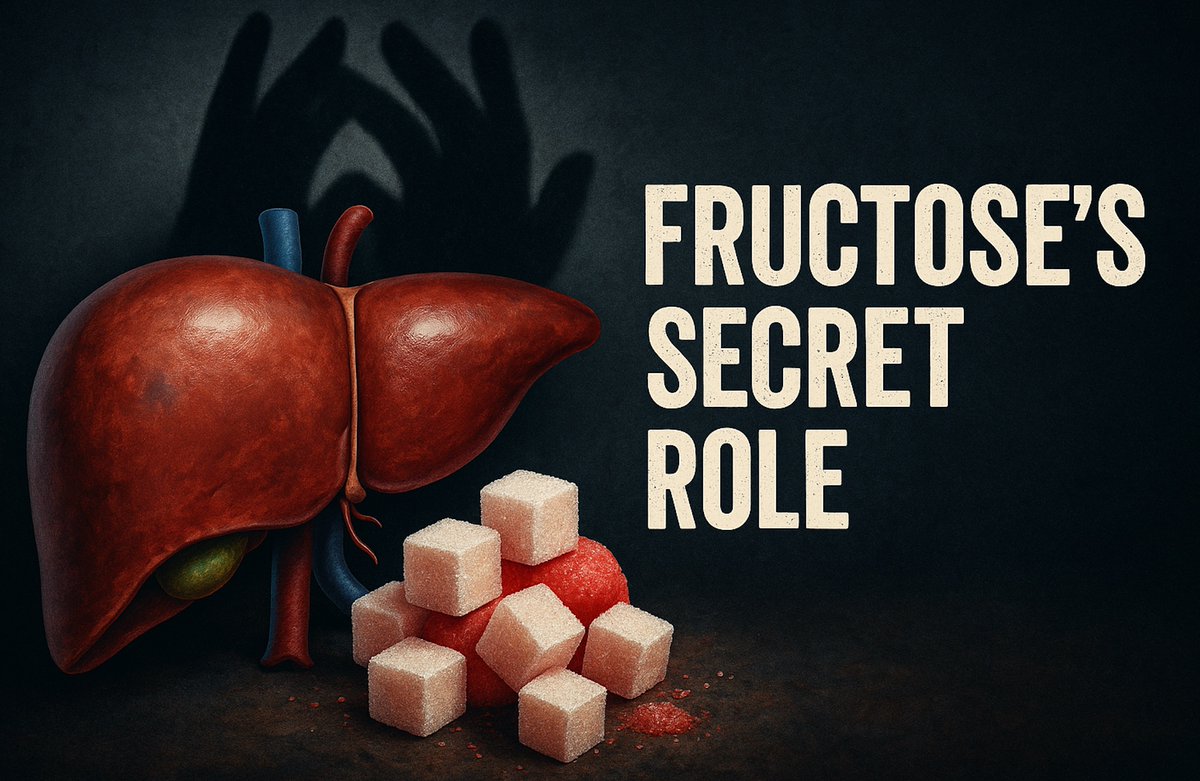
 2/6) Cancer is a master hijacker. In this case, it co-opts the liver. When the liver gets fructose, it turns it into molecules that cancer cells repurpose into specific phosphatidylcholines—key building blocks for cell membranes.
2/6) Cancer is a master hijacker. In this case, it co-opts the liver. When the liver gets fructose, it turns it into molecules that cancer cells repurpose into specific phosphatidylcholines—key building blocks for cell membranes.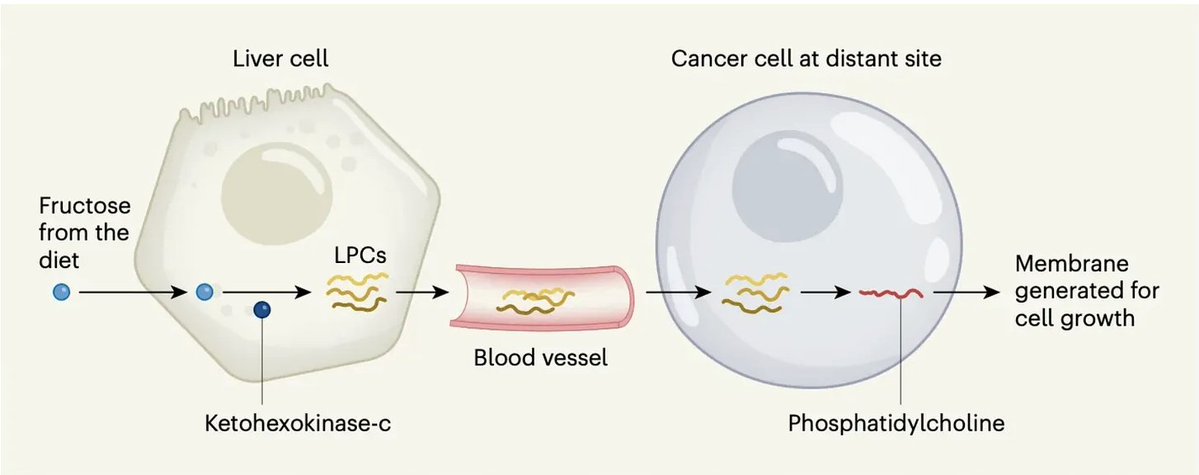
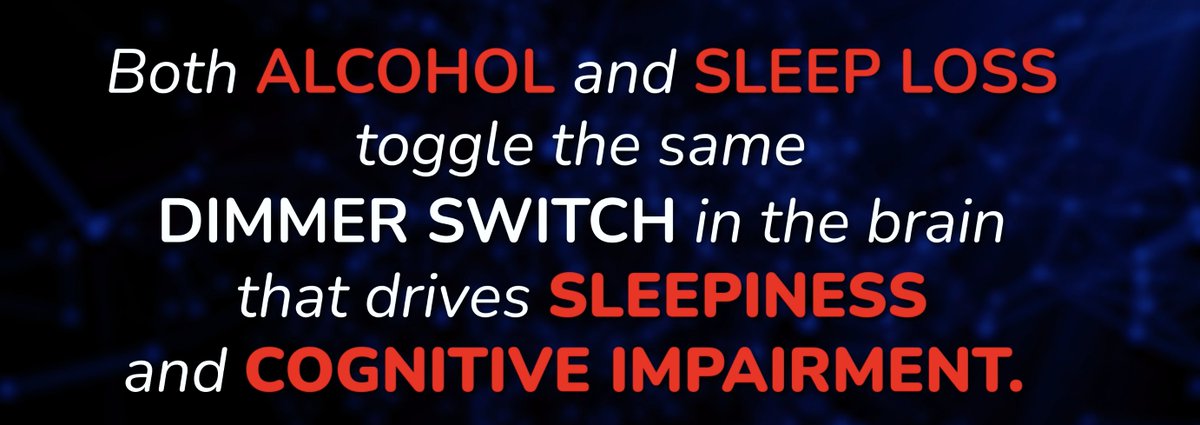
 (2/8) When I first opened this paper, I was struck by a simple thought: we socially accept exhaustion but demonize drunkenness.
(2/8) When I first opened this paper, I was struck by a simple thought: we socially accept exhaustion but demonize drunkenness. 
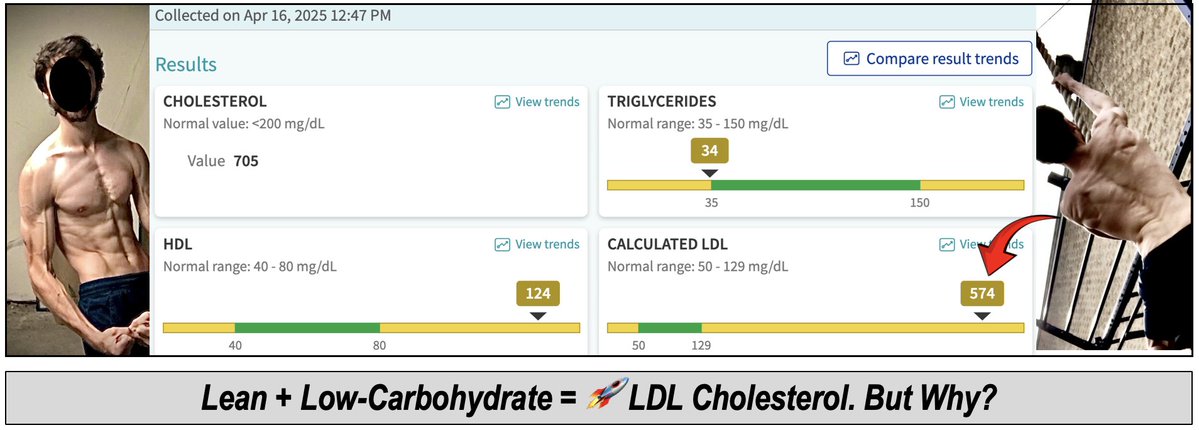
 2/7) Today’s letter is an overdue ~3000-word essay on:
2/7) Today’s letter is an overdue ~3000-word essay on: 

 2/8) Study 1: Skews the Truth with “Scores”
2/8) Study 1: Skews the Truth with “Scores”